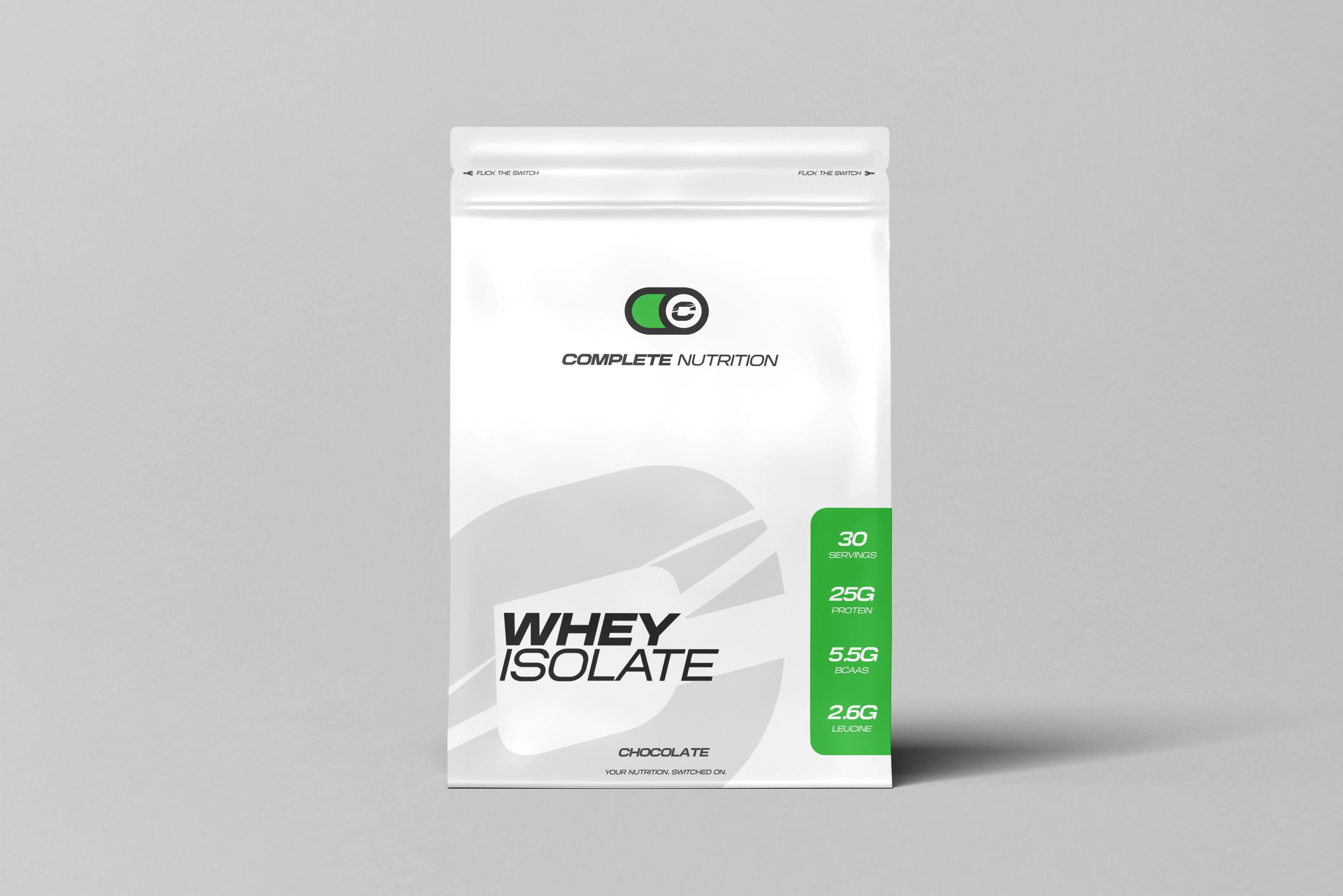Easy peelers, commonly known as satsumas, clementines, or tangerines are small, sweet citrus fruits that are easy to peel and eat, making them a popular snack choice across the UK. They’re often found in lunchboxes, office fruit bowls, or used as a light refreshment during the day. While they’re small, they’re packed with flavour and nutrients. If you’re tracking calories or planning meals more mindfully, knowing how many calories are in an easy peeler is a helpful place to start.
Calorie Content by Size and Variety
On average, a small to medium easy peeler (weighing around 80 to 100 grams, including peel) contains 35 to 45 calories once peeled and segmented. The actual edible portion is usually around 60 to 70 grams, and the calorie count can vary slightly depending on how sweet or juicy the fruit is. Clementines tend to sit near the lower end of that range, while slightly larger satsumas or tangerines may contain a few more calories.
Larger varieties or jumbo easy peelers can provide up to 50 calories, but this is still relatively low compared to other snack options. Because of their portion size, it’s easy to eat two or three at once, so calorie intake can add up if you’re snacking mindlessly.
Nutritional Breakdown
Easy peelers are rich in vitamin C, with a single fruit providing well over half the recommended daily intake. They also contain small amounts of fibre, vitamin A, potassium, and various antioxidants. The natural sugars in the fruit contribute to its calorie content, with one easy peeler containing around 7 to 9 grams of sugar, all naturally occurring.
They are low in fat and protein, with negligible amounts in each serving. The carbohydrate content is around 8 to 10 grams, mostly from simple sugars like glucose and fructose, which are naturally present in fruit. Despite their sweetness, easy peelers are a far healthier source of sugar than processed snacks or sugary drinks.
Glycaemic Index and Blood Sugar Impact
Easy peelers have a low to moderate glycaemic index, meaning they don’t cause sharp spikes in blood sugar when eaten on their own. The fibre in the fruit helps slow the release of sugar into the bloodstream, and the portion size is small enough that the overall glycaemic load remains low.
This makes easy peelers a good option for people managing blood sugar levels, including those with diabetes. When eaten as part of a balanced meal or paired with protein or healthy fat, their effect on blood glucose is minimal and easily managed.
How Easy Peelers Are Grown and Eaten
Easy peelers are cultivated in warm climates and imported into the UK primarily from Spain, Morocco, and South Africa. They are a type of mandarin orange, bred specifically for their thin skin, small size, and low seed content. Their popularity comes from their convenience, no knife required and their mild, sweet taste.
They are usually eaten fresh, but they can also be added to fruit salads, desserts, smoothies, or used as a topping for yoghurt and porridge. Because the peel comes off so easily, they’re ideal for children and anyone looking for a mess-free snack.
Benefits of an Easy Peeler
Easy peelers are a healthy, low-calorie snack rich in vitamin C, which supports immune health, skin repair, and iron absorption. They’re also naturally hydrating due to their high water content and provide antioxidants that help reduce inflammation and protect cells from damage.
The small amount of fibre they contain supports digestion and helps regulate appetite. Because of their low energy density, they can be filling without contributing significantly to calorie intake. This makes them ideal for weight management and healthy snacking.
Downsides and Considerations
There are few downsides to eating easy peelers, though it’s worth being mindful of portion control if you’re eating multiple fruits at once. While the sugar is natural, consuming large amounts in one sitting can still add up in terms of overall sugar and calorie intake. For people with acid reflux or citrus sensitivity, the fruit's acidity might cause mild irritation.
Pre-peeled or packaged easy peelers sold in supermarkets can sometimes lose a bit of nutritional value and freshness, especially if stored for too long. Opting for whole, fresh fruit is always the better choice.
How It Fits into Your Diet
An easy peeler fits perfectly into almost any diet, whether you're eating plant-based, low-calorie, high-fibre, or just aiming for better balance. They make an excellent snack between meals, can be packed in a lunchbox, or eaten before a workout for a quick energy boost. Because of their low calorie content, they’re also great for satisfying a sweet craving without relying on chocolate or sugary snacks.
If you're aiming to get your five-a-day, an easy peeler is an easy win. It requires no preparation and delivers instant nutritional value.
Healthier Alternatives
In truth, it’s hard to beat an easy peeler when it comes to healthy snacks. However, if you're looking for variety, other low-calorie fruits like apples, berries, or kiwis provide similar benefits with slightly different nutrient profiles. For more fibre, pears or bananas may offer a bit more bulk, while berries provide more antioxidants per calorie.
If you want to make the snack more filling, pair an easy peeler with a small handful of nuts or a few cubes of cheese for added protein and satiety.
Summary
An easy peeler contains between 35 and 45 calories, making it a low-calorie, nutrient-rich snack that fits easily into any balanced diet. Packed with vitamin C, antioxidants, and natural sweetness, it offers a convenient and healthy alternative to processed snacks. While light in calories, easy peelers contribute meaningfully to daily fruit intake and can help support immune health, hydration, and digestion.


Share:
How Many Calories in an Almond Croissant
How Many Calories in Asparagus